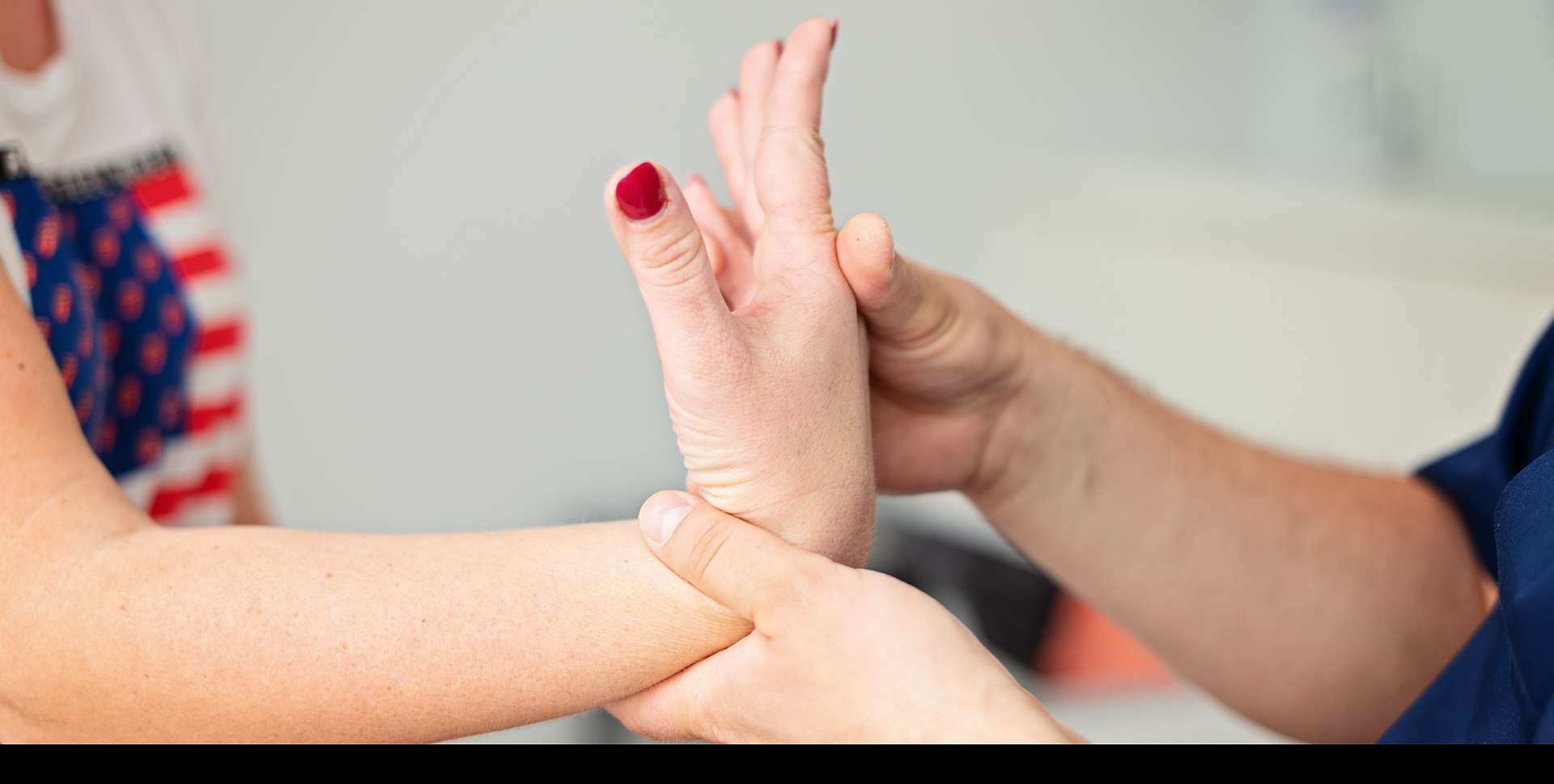Dupuytren’s Contracture Surgery



Dupuytren’s Contracture is a condition affecting the palmar fascia, a soft tissue structure just beneath the skin and subcutaneous tissue of the hand. Early stages present with small, firm nodules on the palm. Over time, excessive cell growth in the fascia leads to thickened, fibrous bands that shorten, causing finger contracture.
Qualification for Surgery
The decision for surgery is made during an orthopedic consultation. A patient interview identifies symptoms and their triggers, followed by a physical examination to assess the presence of nodules and fibrous bands under the skin, as well as the degree of contracture and ability to extend the fingers.
The procedure
Dupuytren’s contracture surgery involves removing thickened fibrous bands and nodules in the palmar fascia causing finger contracture. After preparing the surgical site and administering local anesthesia, the surgeon makes a small incision in the palm and, depending on the disease’s severity, either cuts or removes the fibrous bands. The contracted fingers are then straightened, and the wound is closed. The procedure lasts 30–60 minutes and does not require hospitalization.
Indications for Surgery
- Persistent finger contracture
- Significant limitation of hand function (e.g., difficulty grasping, lifting, or writing)
- Lack of response to conservative treatmento.
Recovery
Immediately after surgery, the hand may be slightly swollen and tender. Elevating the hand, e.g., in a sling, is recommended to reduce swelling. Full recovery typically takes 4–8 weeks. Postoperative rehabilitation is advised to restore full range of motion and grip strength.










